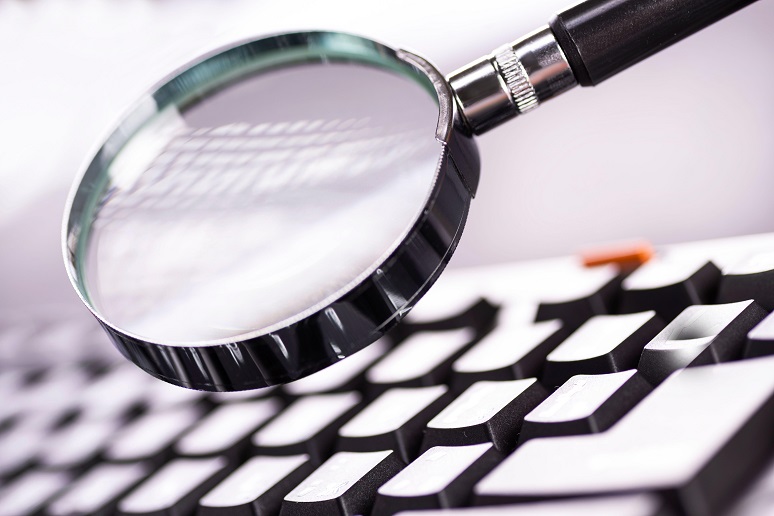Enterprise Connect 2022 took place at a crucial moment in the transition to hybrid work. Coming as it did in late March, the event was poised at the critical point where enterprises were just beginning to bring employees back to the office in significant numbers. So it’s not surprising that hybrid work was the focus of much of the conversation in the Enterprise Summit general session I moderated at EC22, joined by a panel of enterprise IT/communications leaders.
IT must partner closely with business units and be flexible as the return-to-office plays out in 2022, according to Ann Dozier, senior vice president/CIO, Southern Glazer's Wine and Spirits, LLC, the nation’s largest distributor of wine and spirits.
“We’ve all learned about agility and adaptability,” Dozier said. “The world is moving very fast— technology’s moving very fast. Clearly, our customers and our employees and our suppliers have much higher expectations around technology. So for us, it’s: How do we continue to provide the user experience needed in this new world of hybrid work, in this new world of agility and adaptability? So our big focus is continuing to evolve the technology landscape to meet those needs.”
Todd White, IT manager of collaboration services, Ford Motor Company, added that the challenge is becoming more multi-faceted, and leaders of business units are “coming to us now, and they’re saying: This is what my engineers need; this is what my marketing team needs. And they need it yesterday.
“So we’re trying to work hand-in-hand with those business leaders to provide them the tools, whether it’s when they’re in the office or in the home offices, and really accelerate that ability,” White continued. “Simple things like, when they hire new talent, how do we get them the devices and the software they need Day One, in a zero-trust environment, so that when they’re onboarded, that lag to get productive is minimized as fast as possible?”
Given the mention of zero-trust principles, it’s not surprising the panel also discussed the challenges of a hybrid environment in which it can be difficult to ensure that remote workers are following security best practices. The most noteworthy example came from David Bartos, senior manager of telecommunications at transportation/logistics company Ryder Systems, which discovered that one remote employee was accessing the company network over a neighbor’s Internet connection.
The security discussion also helped serve as a reminder that the end user experience isn’t just about flashy features in team collaboration systems. “For many of us, the technology foundation has always been the hardest part – the network, and how do we keep that underpinning of what really runs technology operating?” Dozier said. “There’s a big recognition of how important the network is, how important having that conference room set up just the right way is, the importance of having standards across the organization. How do we make sure that we have a resilient foundation to be able to continue to serve the business, not only with the strategic cool projects that we’re doing but also just the day-to-day things that we need to do to effectively operate?”
As for the technology innovations that this group expects to rely on over the next 12 months, several cited AI as the foundation for improvements to make hybrid work more efficient.
“Traditional A/V is not enough anymore,” White said. He believes AI-driven digital assistants, meeting notes, and real-time translation will let Ford’s global workforce get the most out of the 60,000 meetings the company runs each day. He also expects asynchronous video to increase efficiency by letting people provide short snippets of input that can be consumed at the user’s convenience.
The session closed with a powerful example of how AI-driven features can make a real difference in individual employees’ lives. Gary LaSasso, senior director, global IT at Amicus Therapeutics, a Philadelphia-based pharmaceutical, described the experience of a colleague who has Duchenne muscular dystrophy. This person was concerned about background noise from his ventilator causing distraction in meetings. LaSasso noted that others on the calls weren’t concerned, but this employee was self-conscious nonetheless and so always stayed on mute.
IT was able to equip this employee with a video system that eliminated background noise—a relatively new feature at the time, now more common. “It made his experience so much better,” LaSasso said.
He literally said, “‘It’s changed my life.’”










